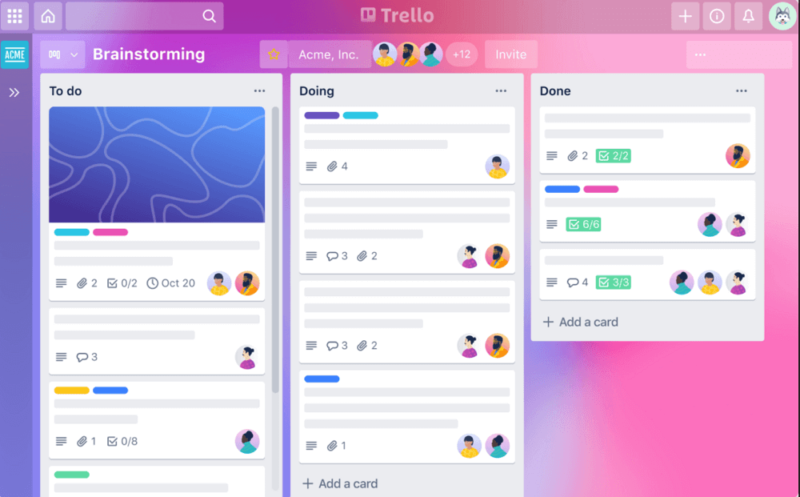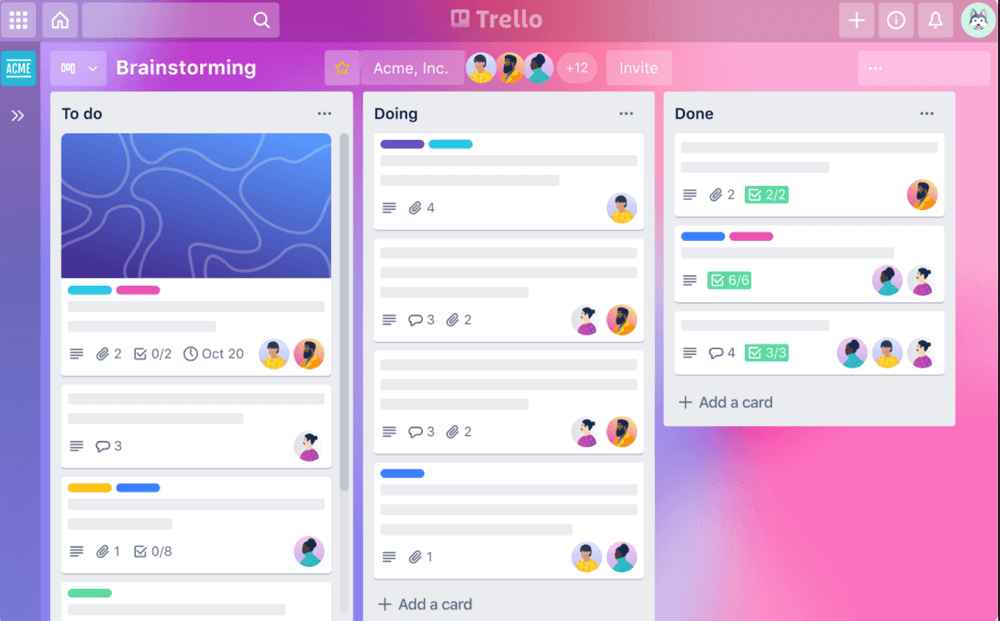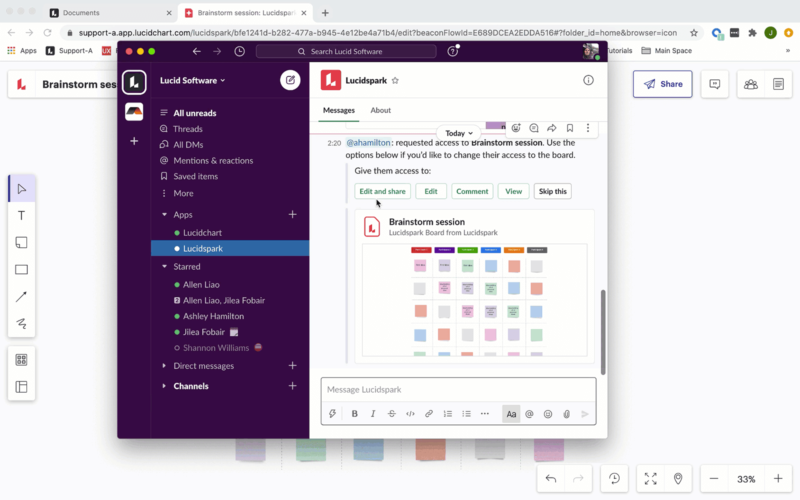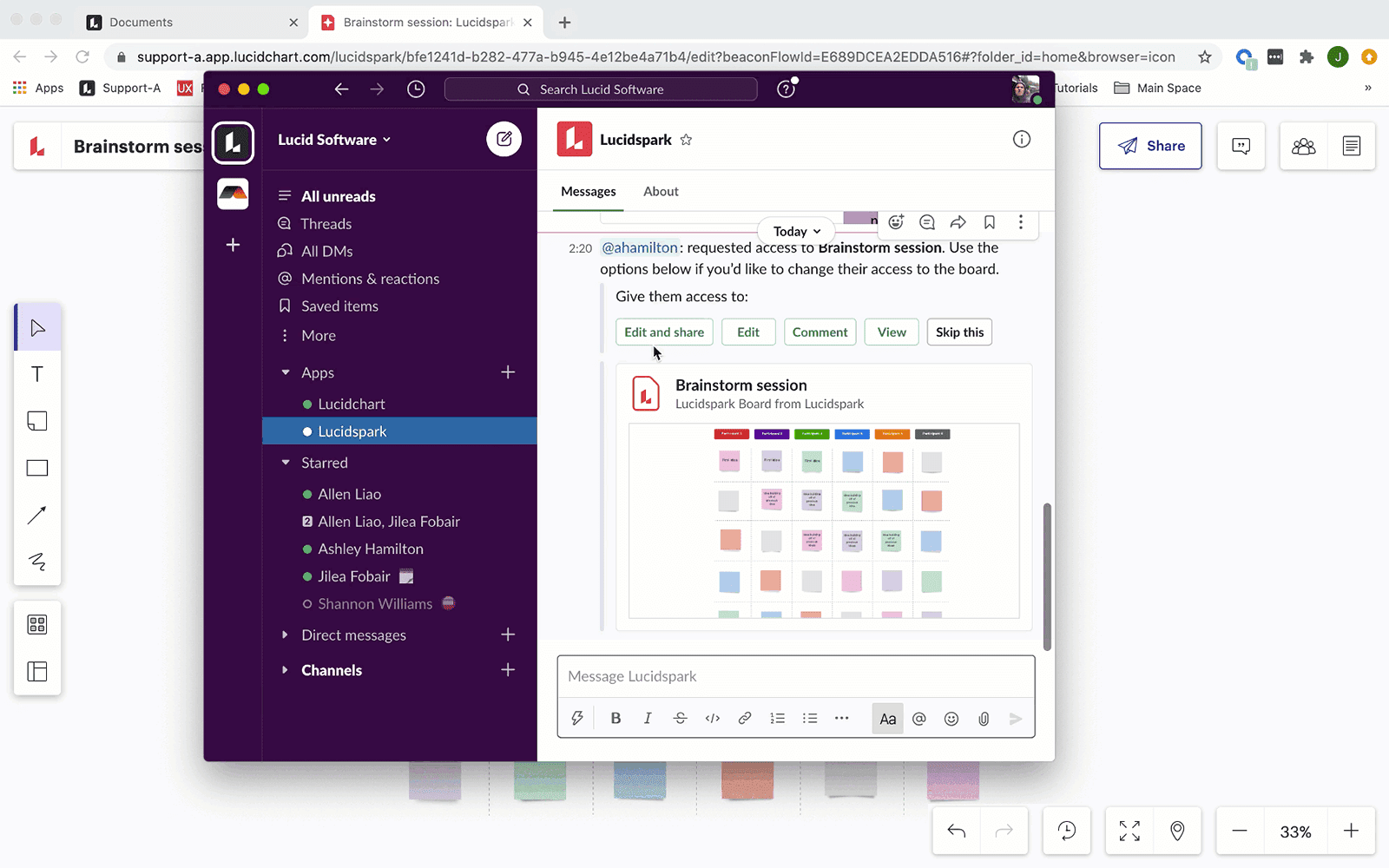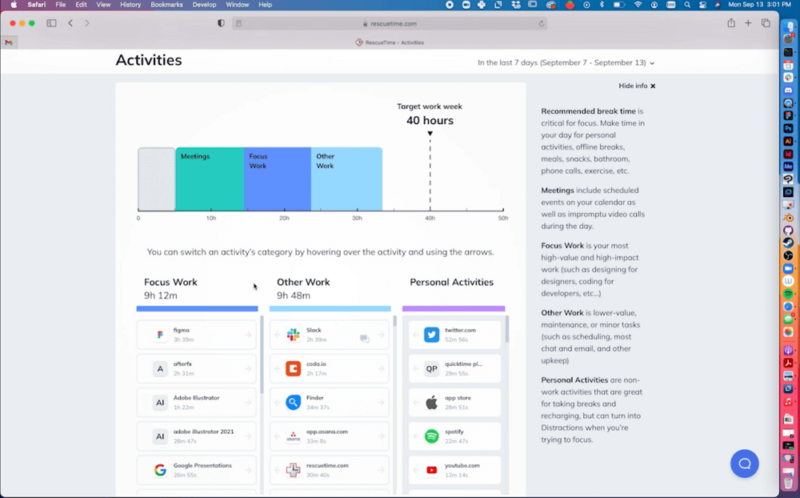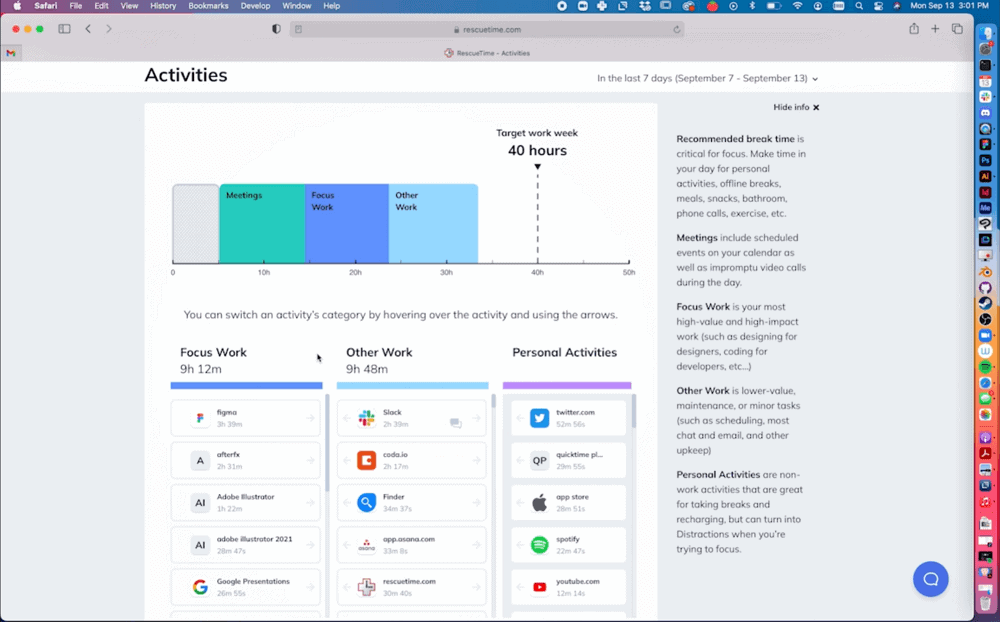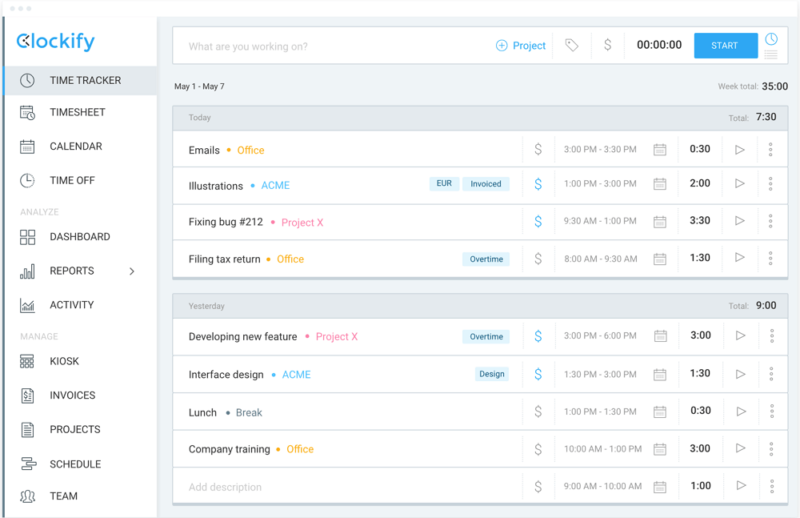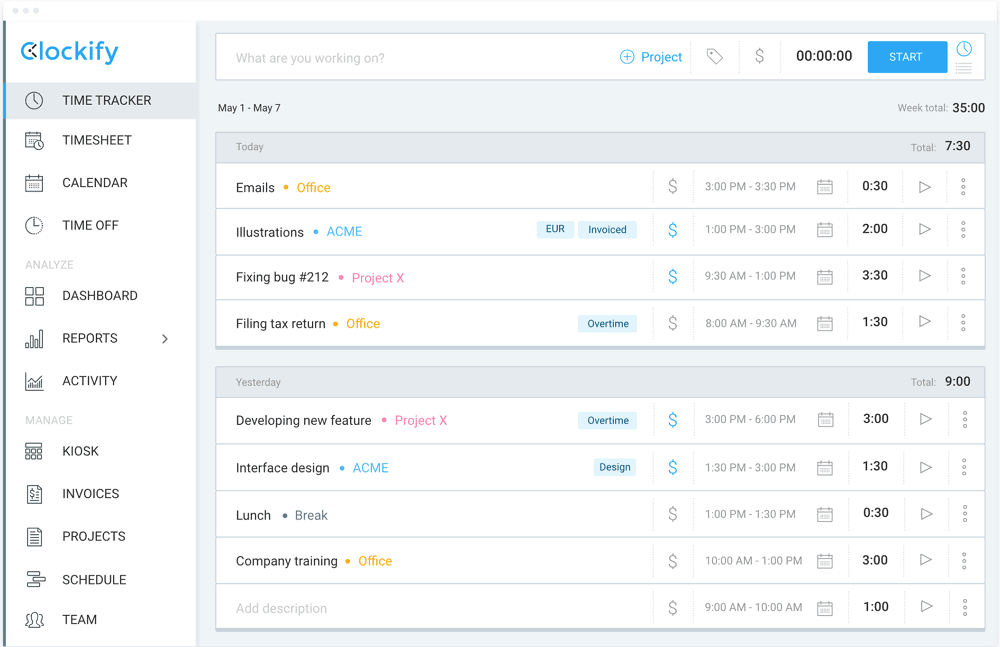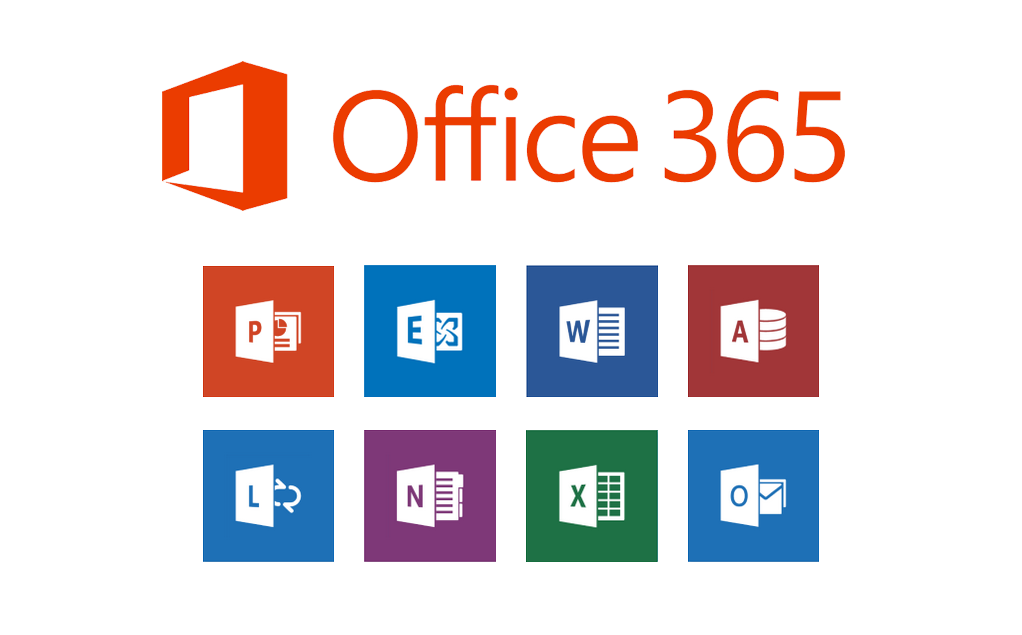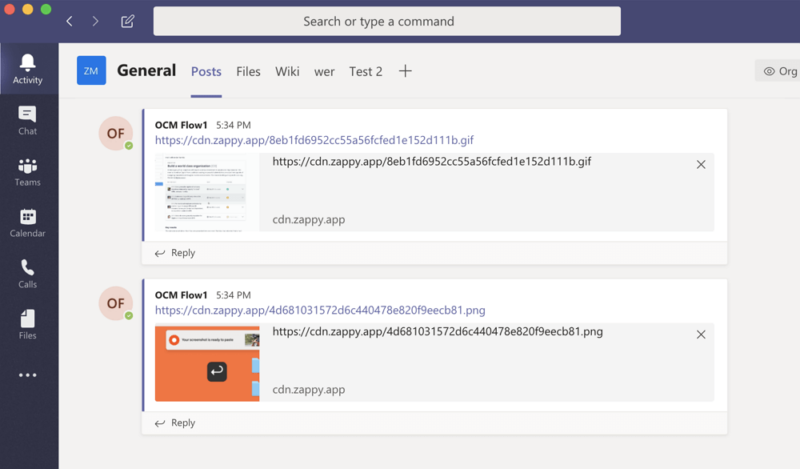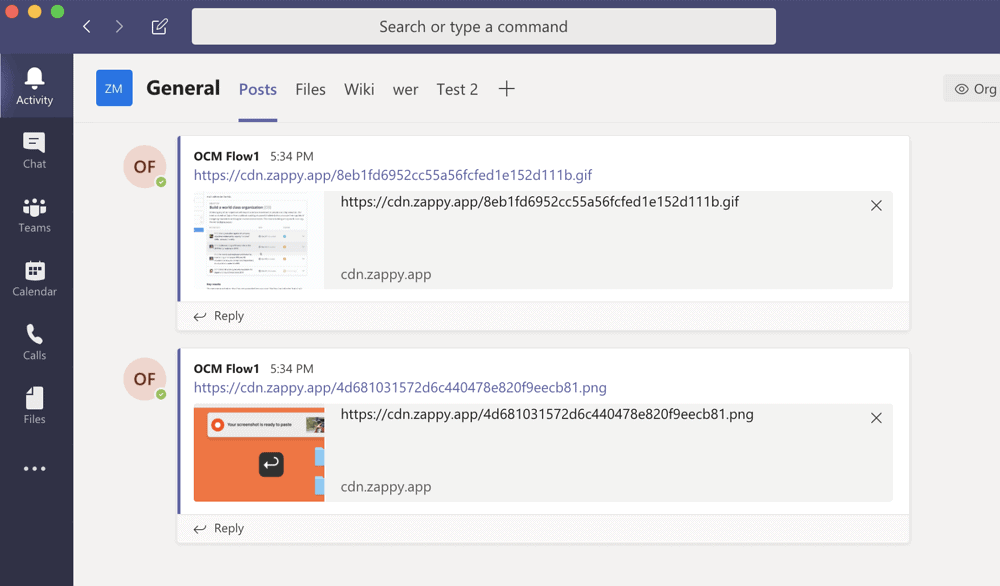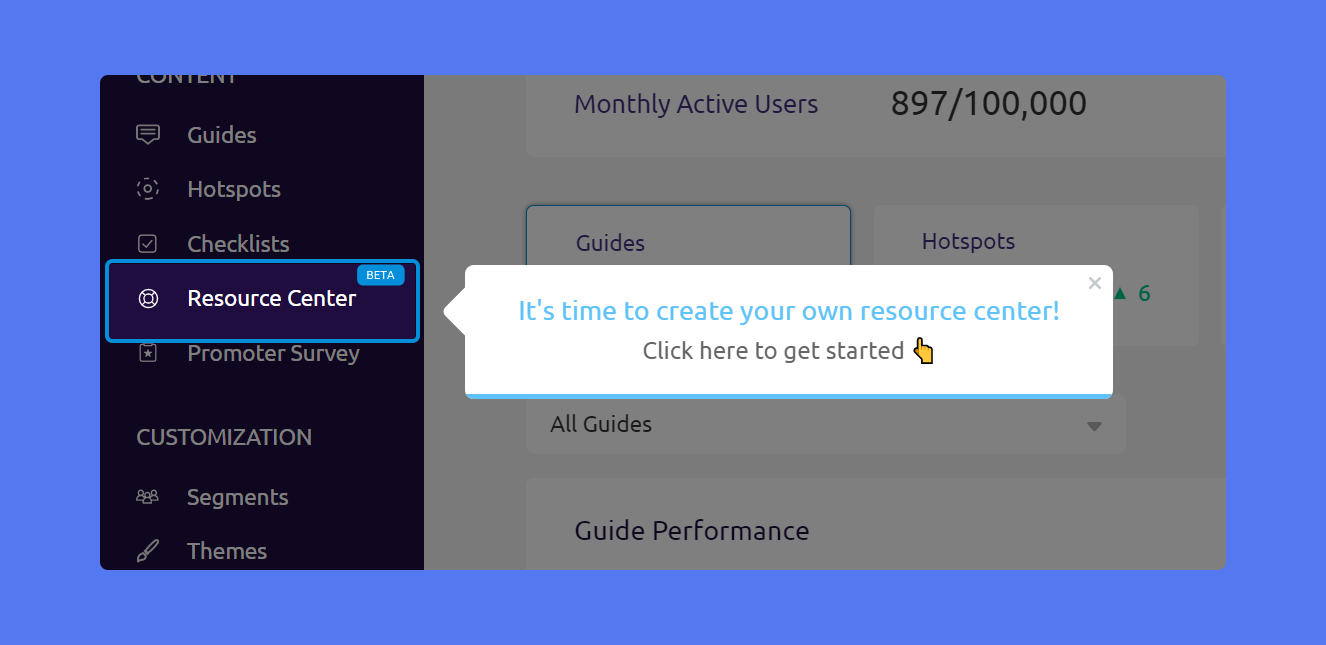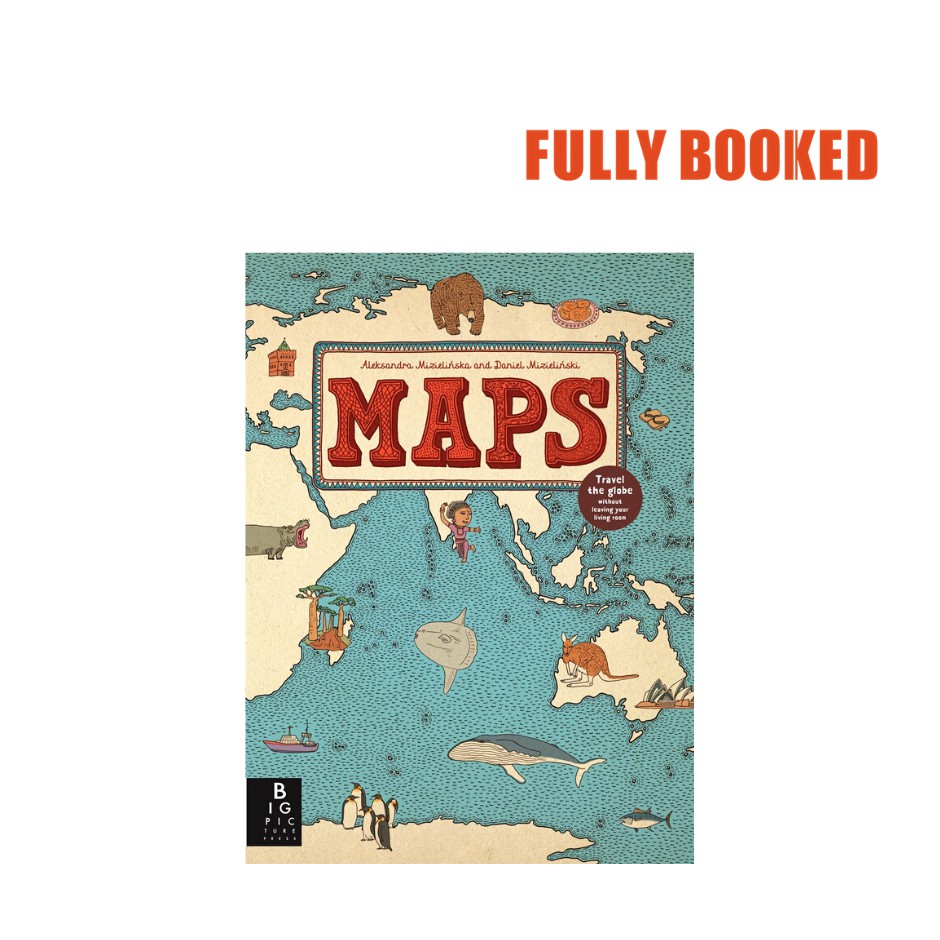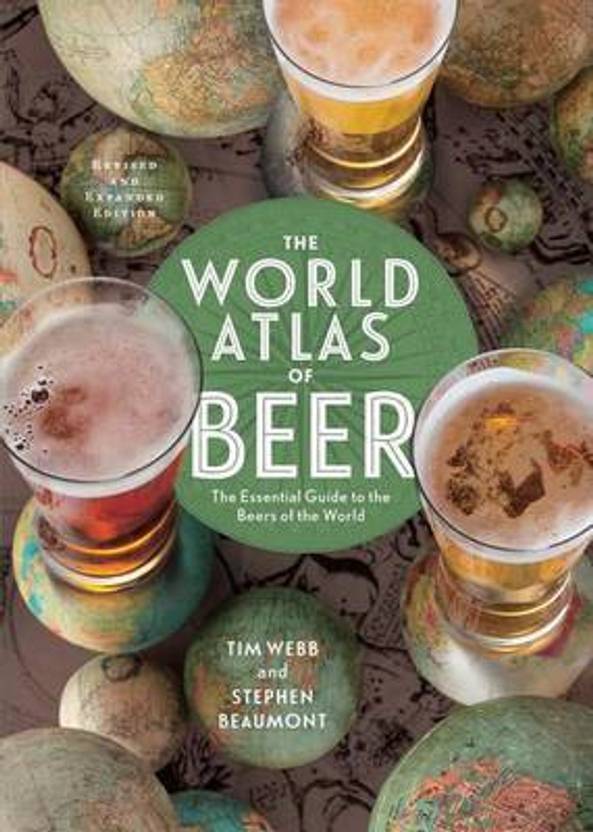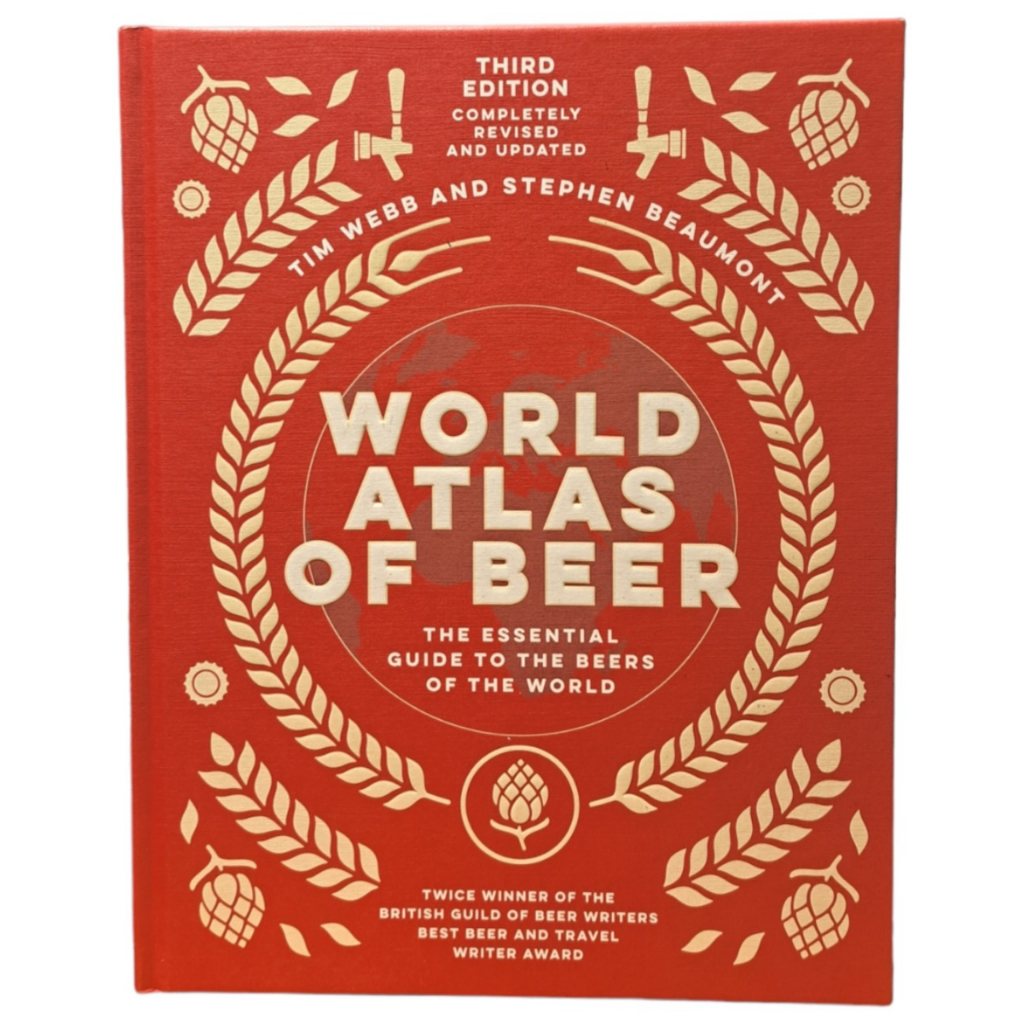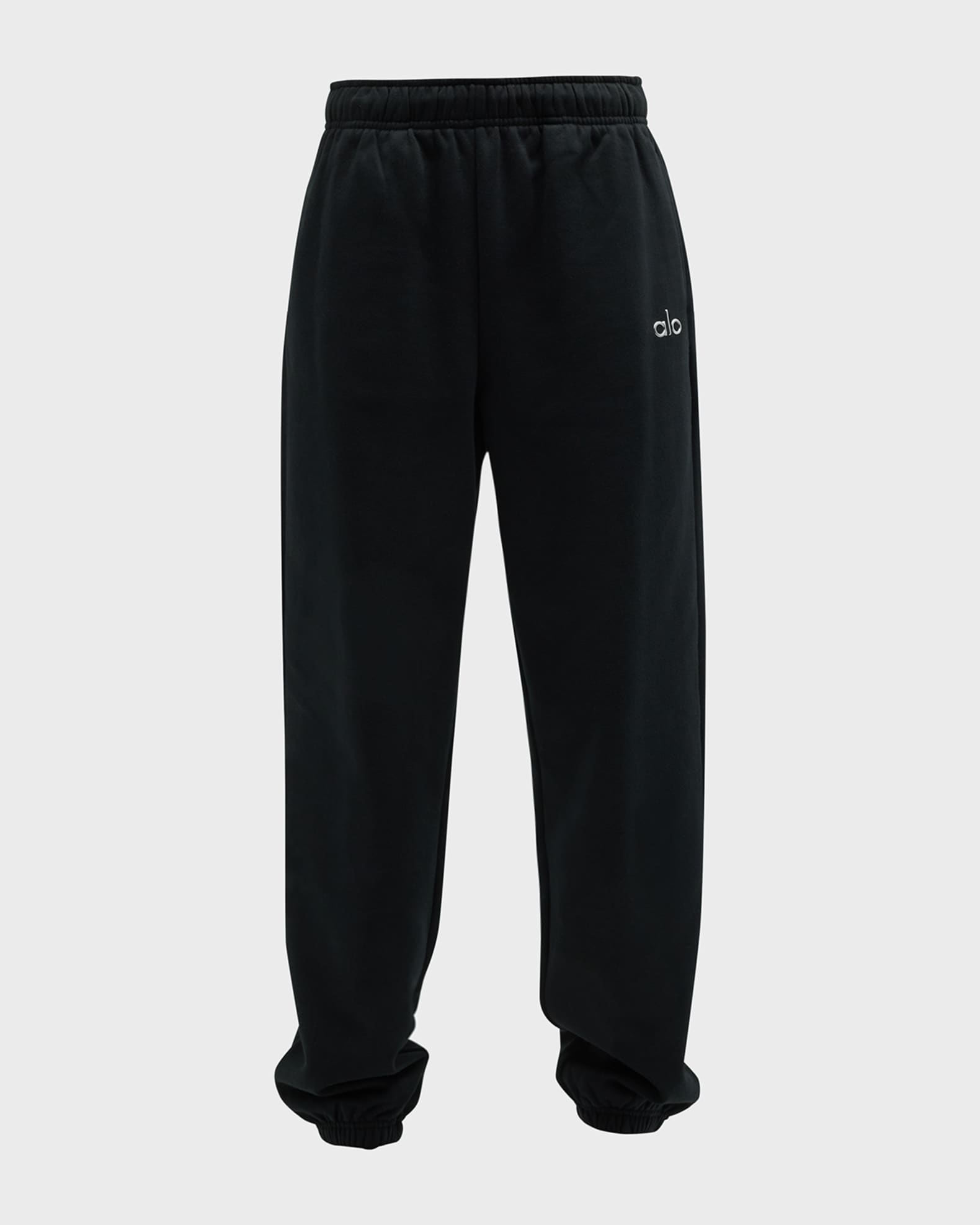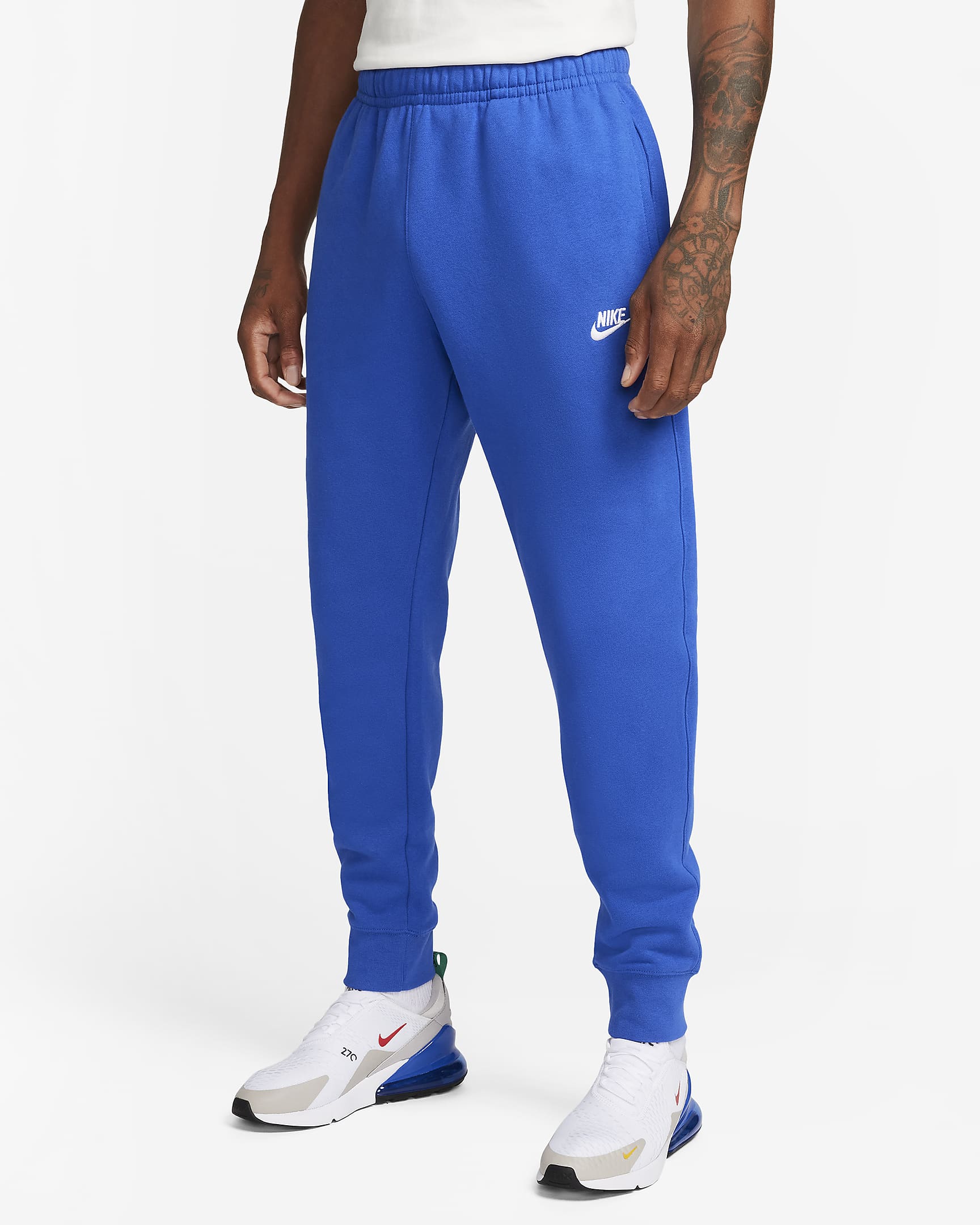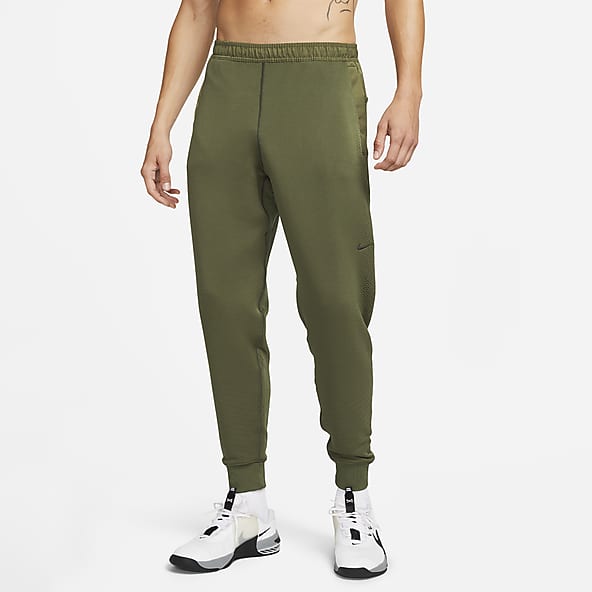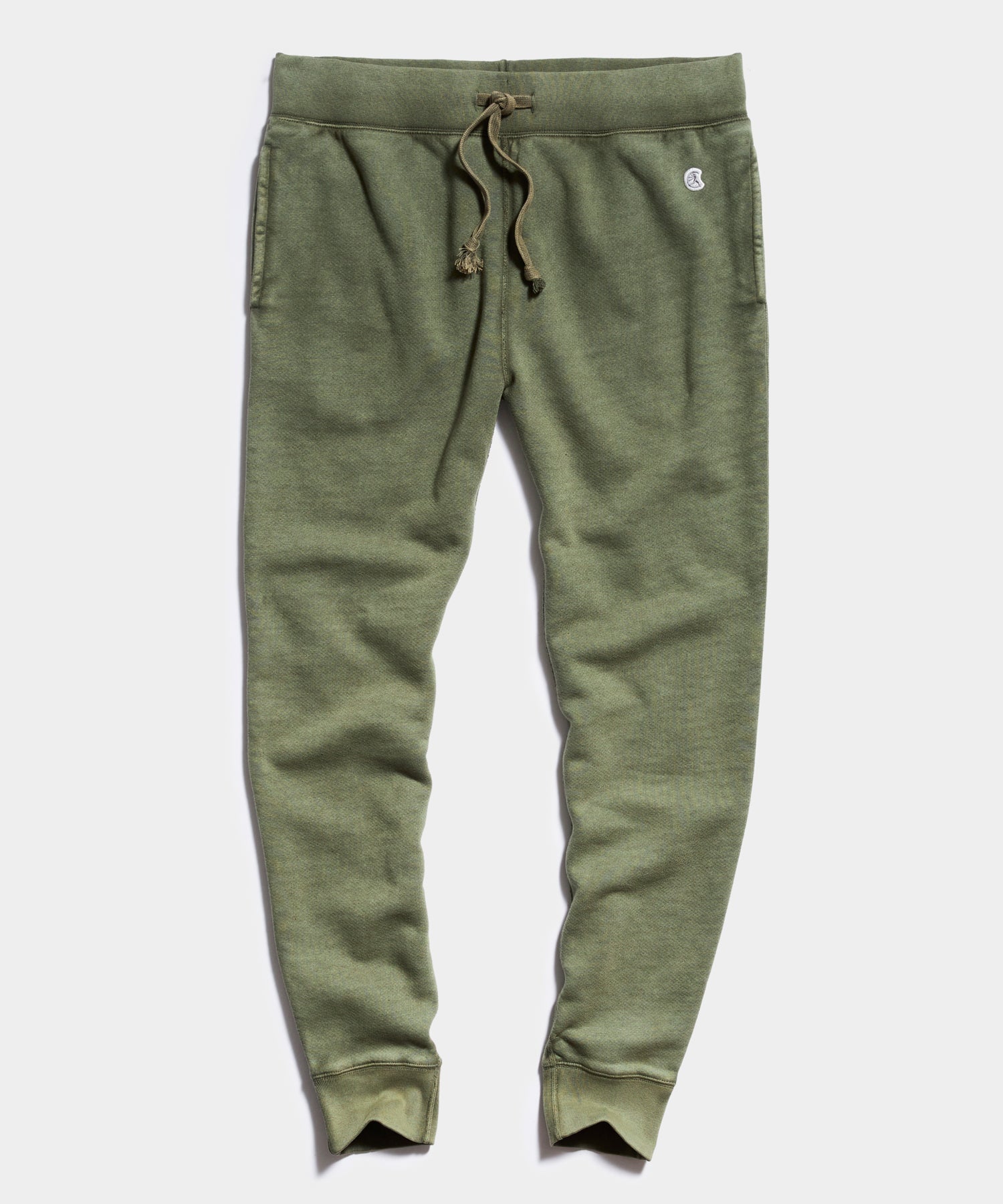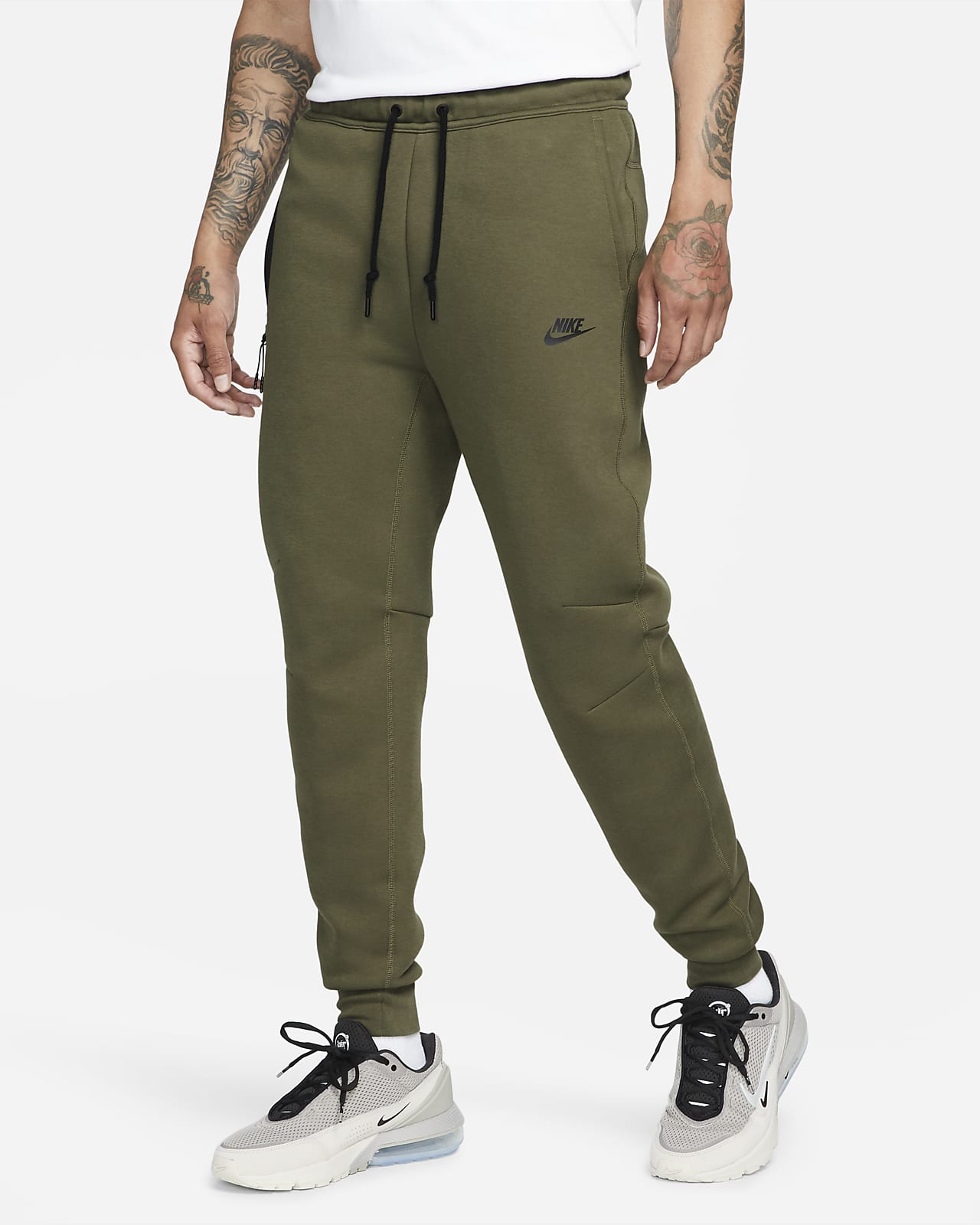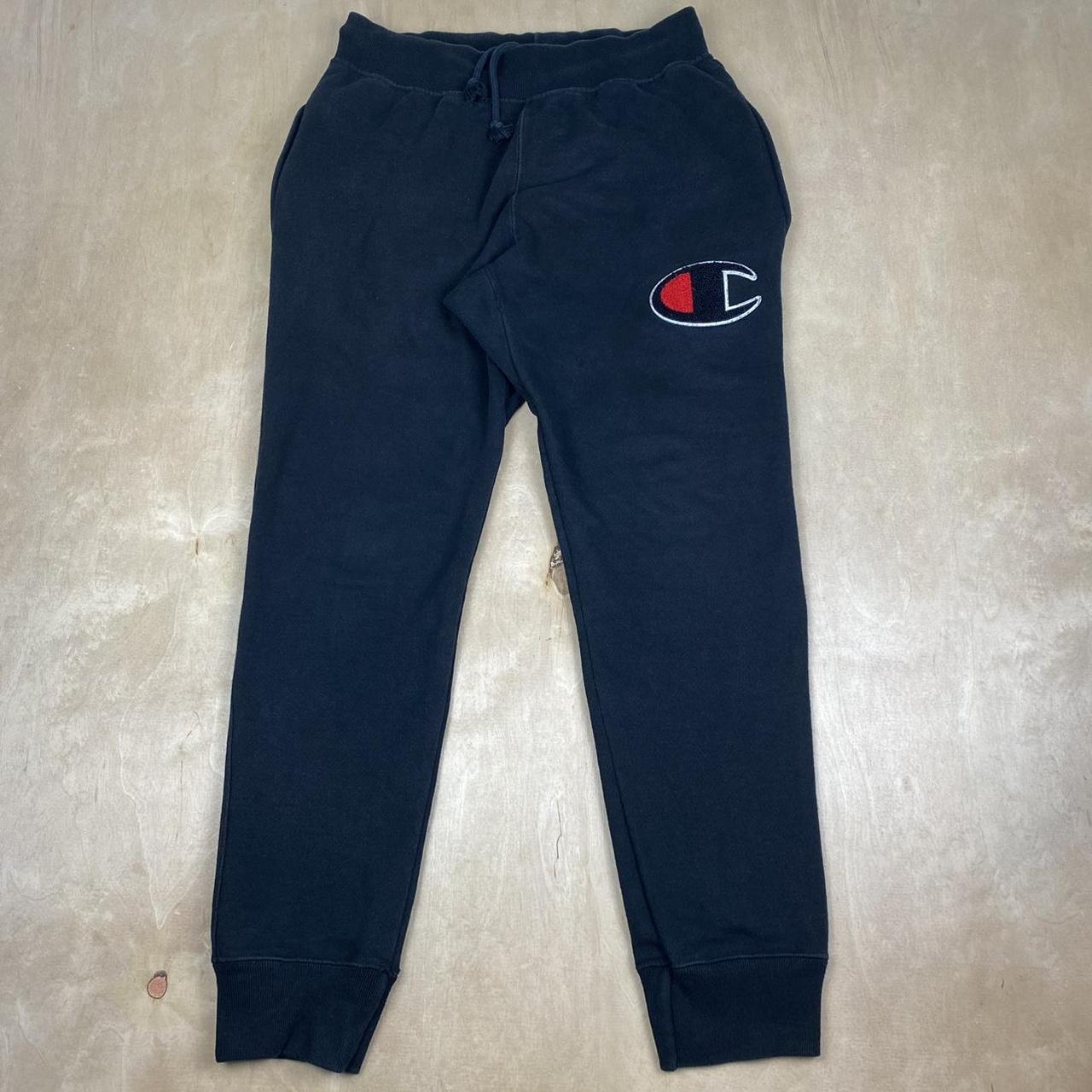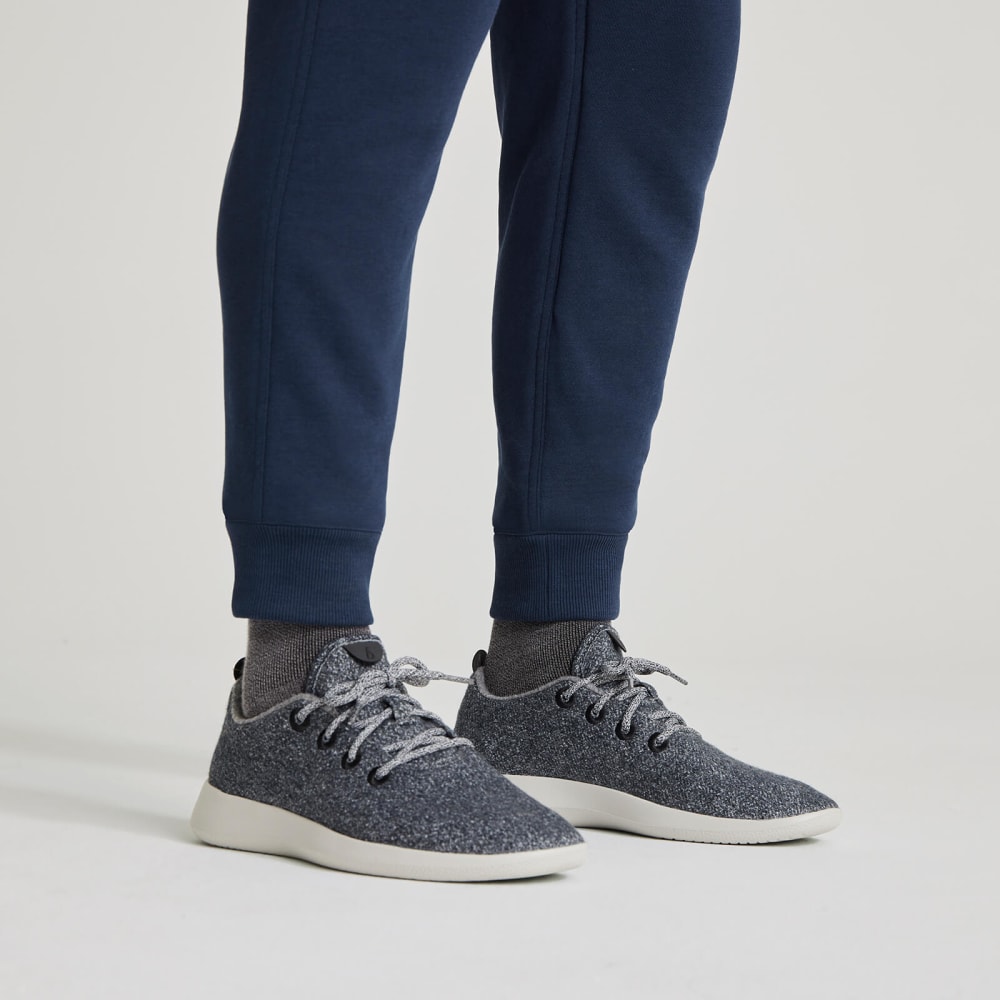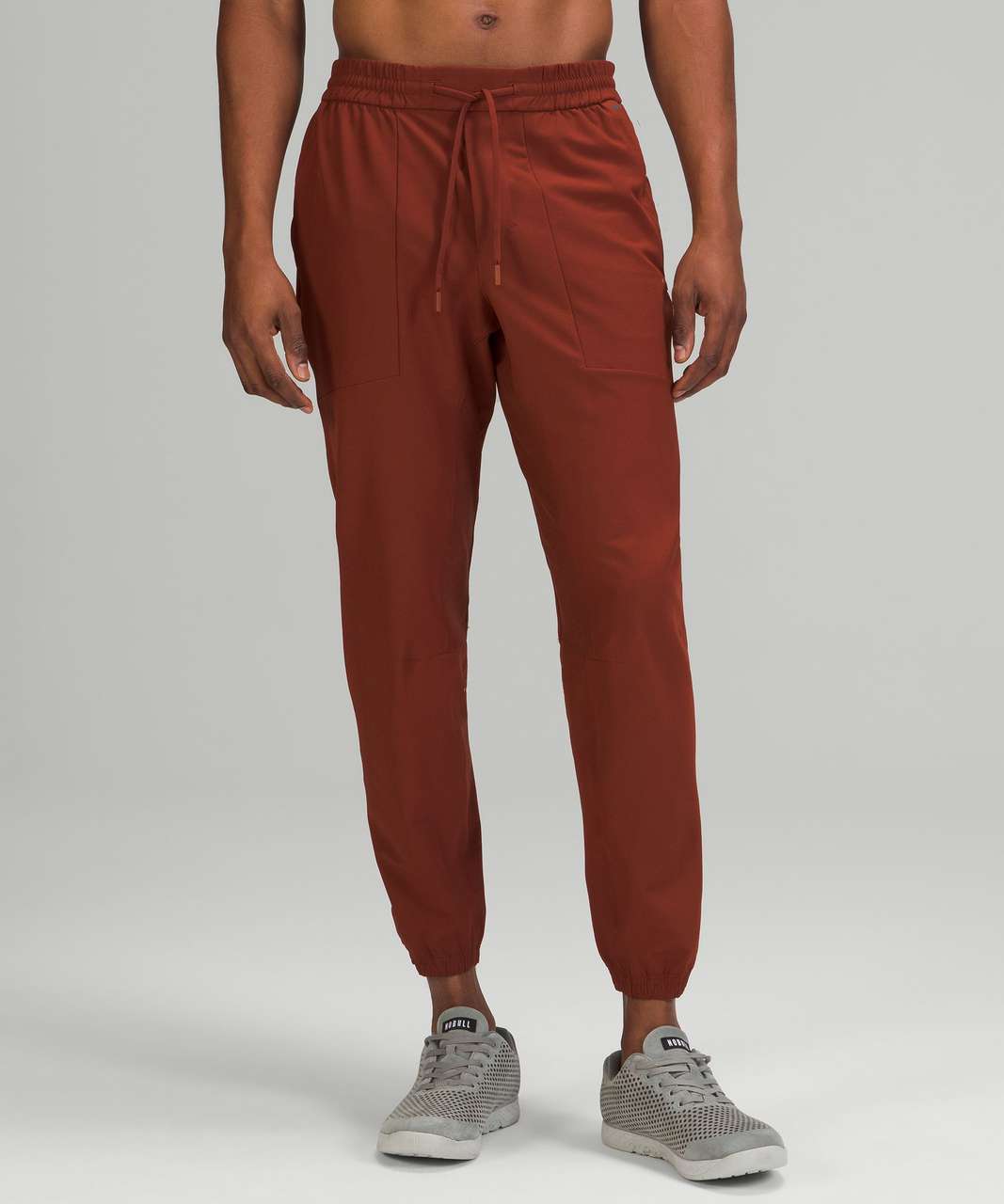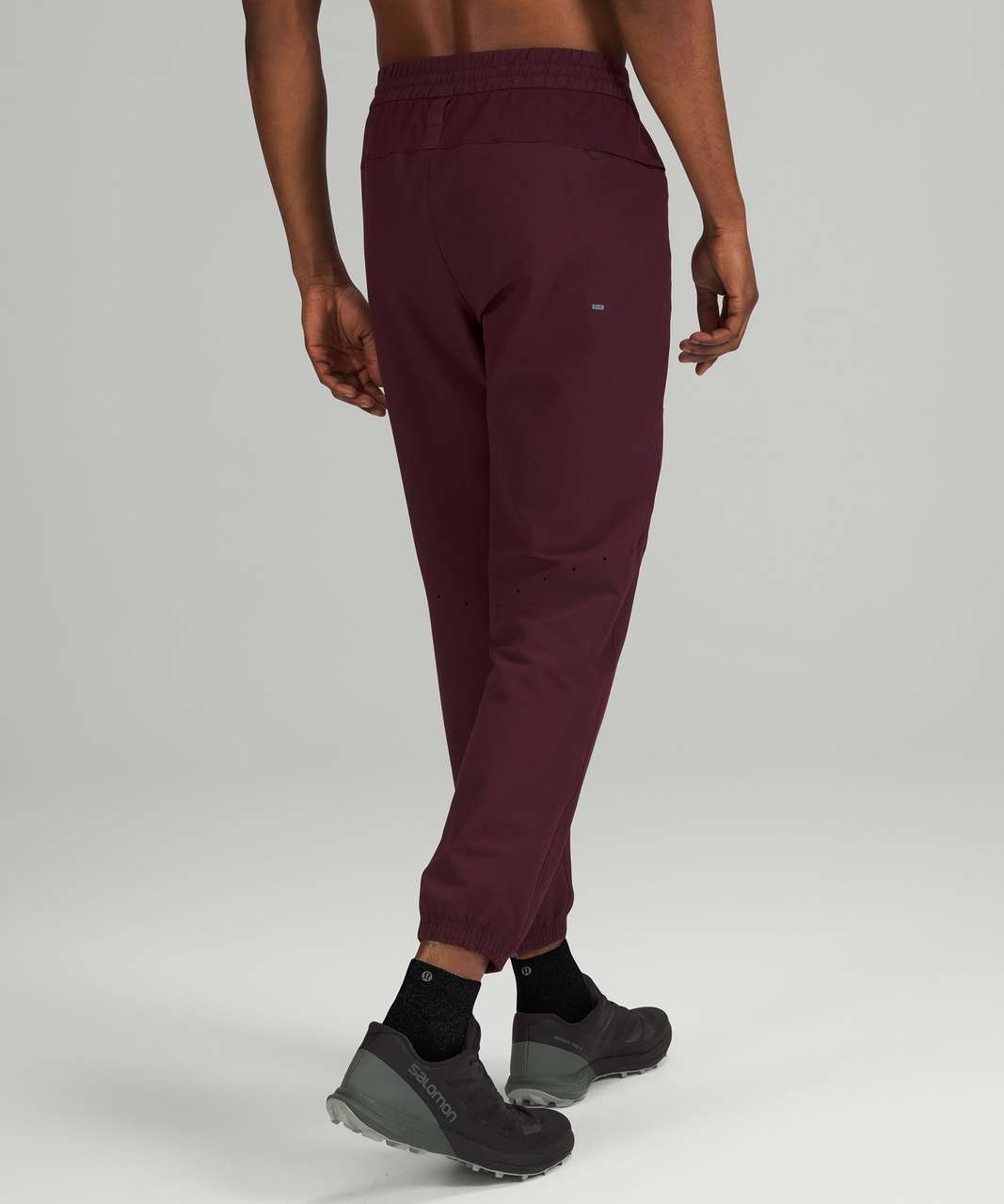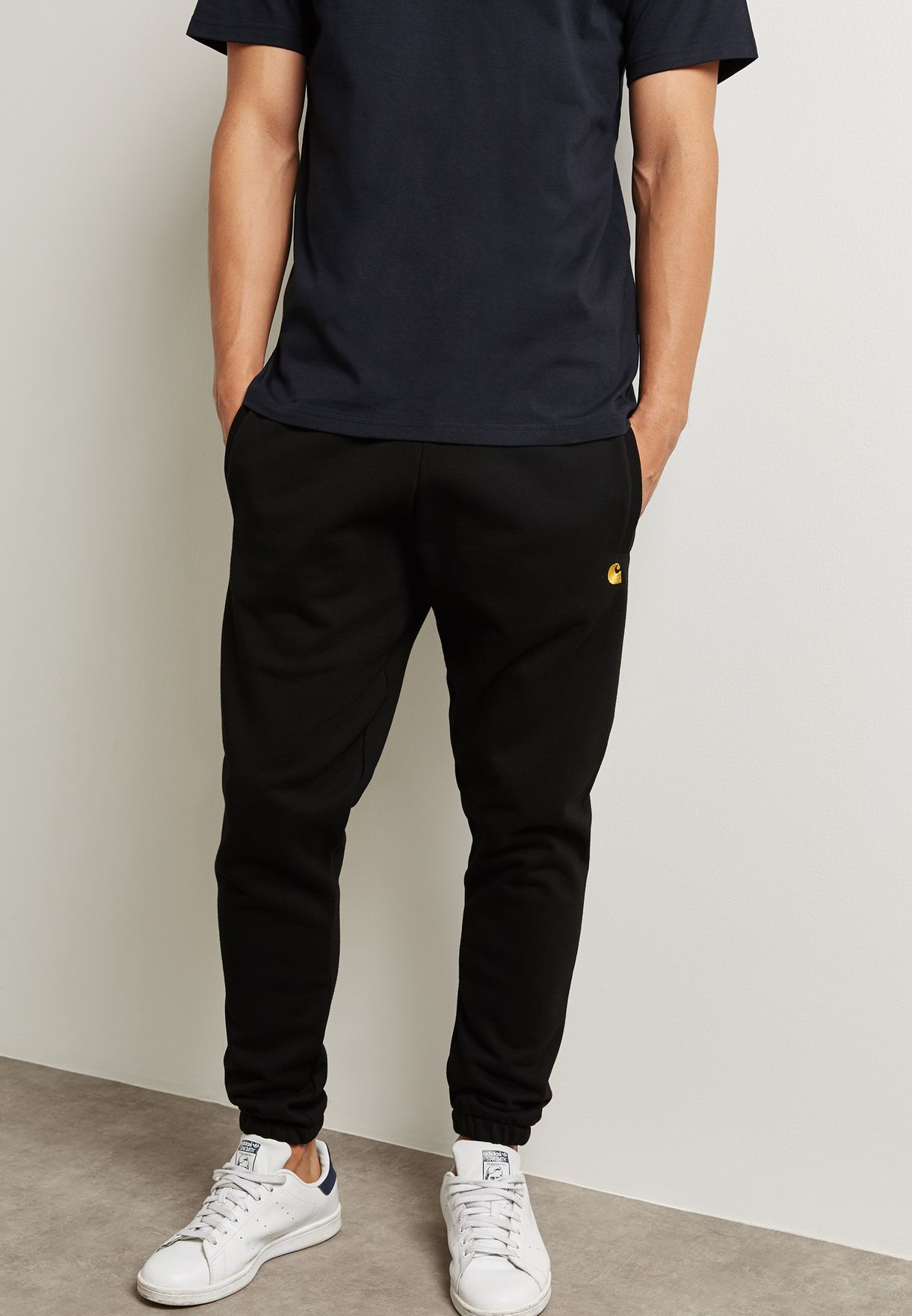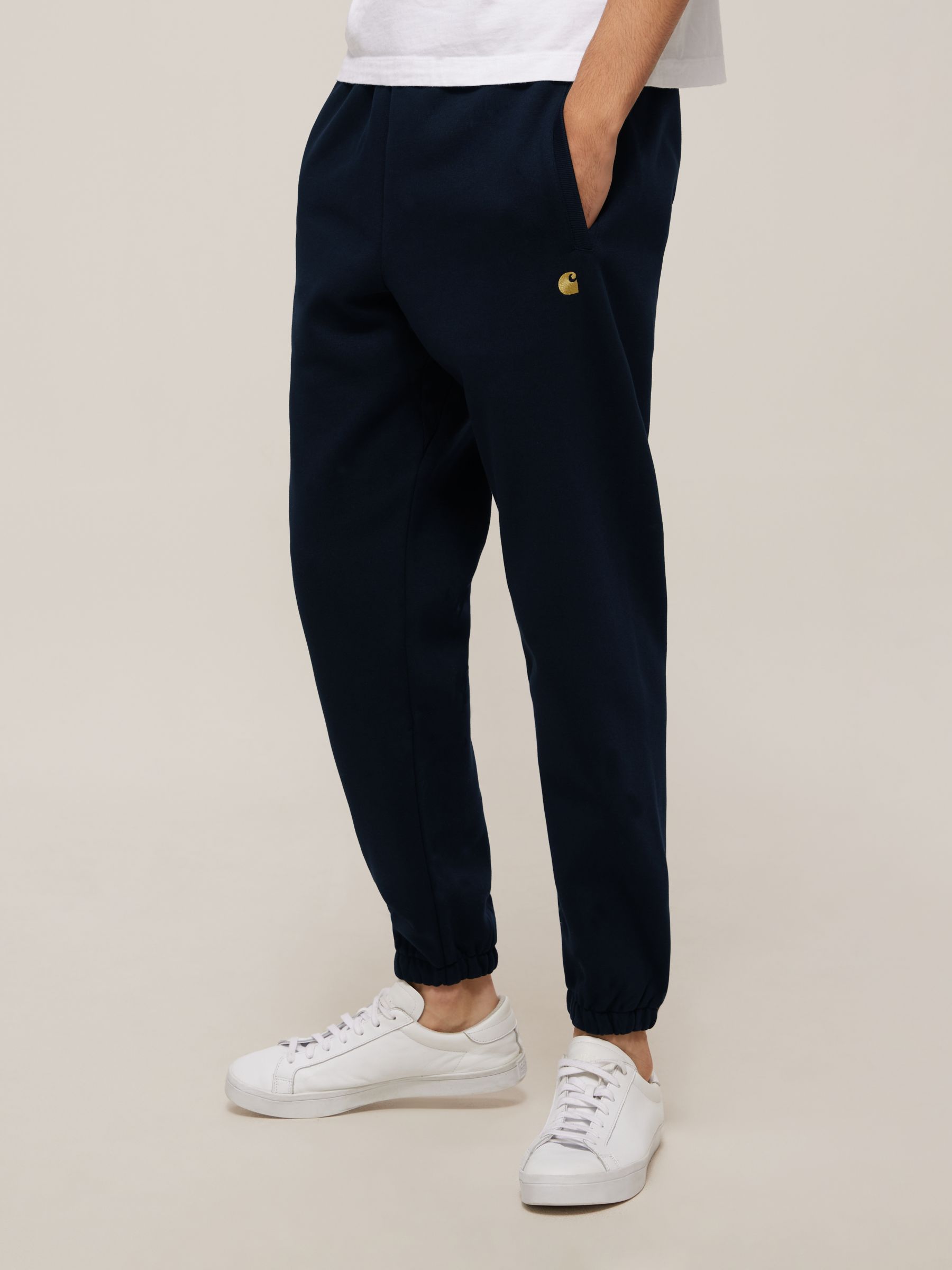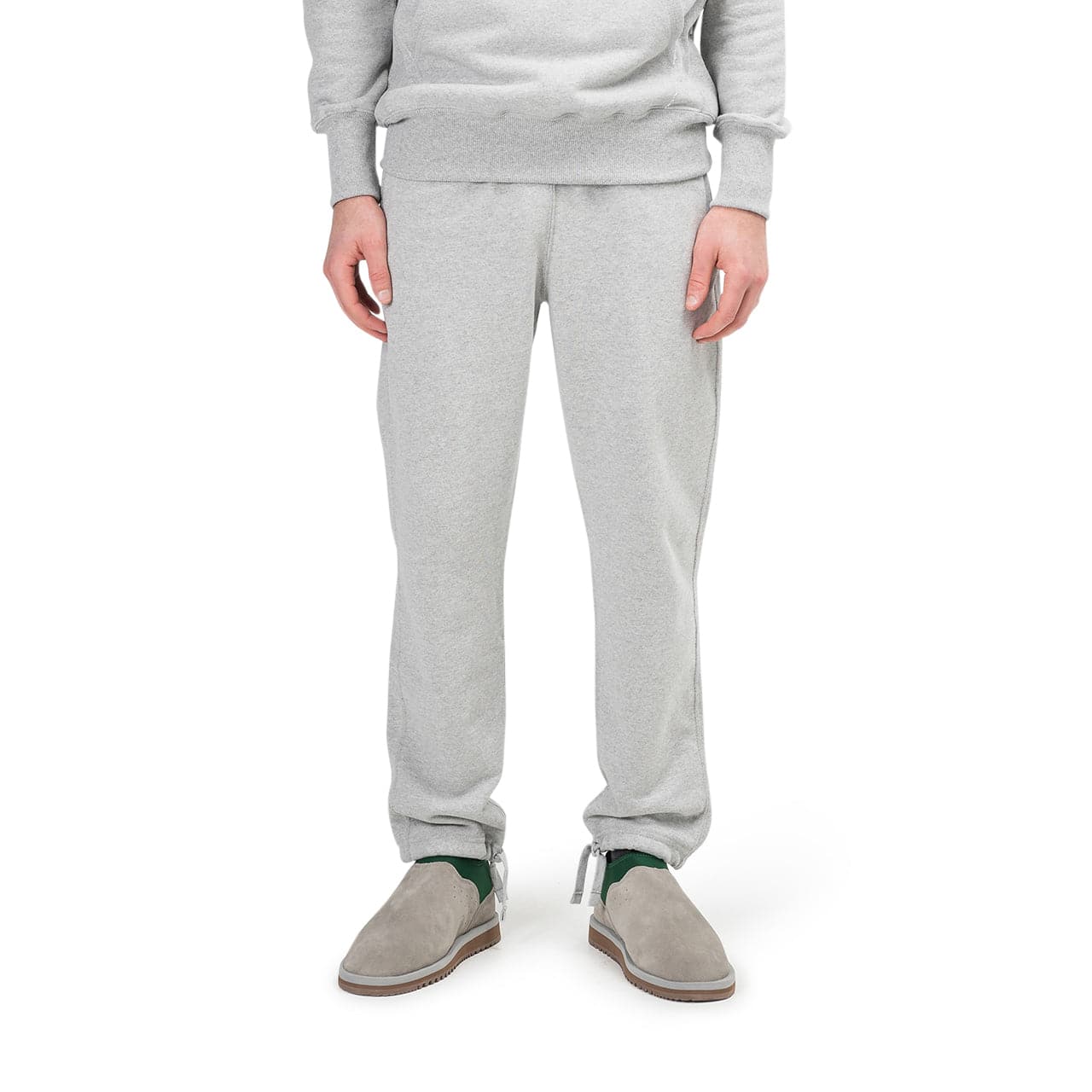Discover Pandipedia
Pandipedia is the world's first encyclopaedia of machine generated content approved by humans. You can contribute by simply searching and clicking/tapping on "Add To Pandipedia" in the answer you like. Learn More
Expand the world's knowledge as you search and help others. Go you!

In the rapidly evolving landscape of fashion, building a sustainable brand is not just a trend but a necessity. With growing consumer awareness regarding environmental issues and ethical practices, new entrepreneurs have a unique opportunity to create impactful businesses. Here’s a comprehensive guide to starting your sustainable fashion brand.
Defining Your Sustainability Goals and Brand Identity
The foundation of a sustainable fashion brand lies in clearly defining your sustainability goals and brand identity. This initial step sets the direction for all future decisions regarding materials, production methods, and messaging. It’s important to articulate what sustainability means to your brand, considering both environmental impacts and social responsibility. Establish a mission statement that reflects your dedication to ethical sourcing and sustainable practices, which will resonate with your target audience[4][9].
Understanding Your Market
Conducting thorough market research is crucial. Understanding current trends, consumer preferences, and identifying gaps in the market will allow you to craft your unique offering. Analyze your competition to discover what sets your brand apart and what specific problems it aims to solve for customers[5][9]. Pay close attention to evolving consumer behaviors; for instance, studies show that around 84% of consumers are willing to pay more for sustainable products[10].
Sourcing Materials and Ethical Production
The heart of sustainable fashion lies in the materials used and the practices adopted in production. Focus on eco-friendly fabrics such as organic cotton, Tencel, linen, and recycled materials[4][8]. Whenever possible, seek out suppliers who adhere to fair trade practices and are transparent about their sourcing. Certifications like GOTS (Global Organic Textile Standard) and Oeko-Tex can help reinforce your claims of sustainability and ethical practices[10].
Choosing ethical manufacturing partners is equally critical. Research potential manufacturers for their working conditions, labor practices, and use of environmentally friendly processes. Maintaining transparency in your production lifecycle will not only build trust with consumers but also align with the growing demand for ethical practices in the fashion sector[5][8].
Designing for Sustainability

When it comes to design, aim for timelessness rather than trends. Sustainable fashion emphasizes functionality and durability, encouraging consumers to invest in quality pieces rather than fast fashion[7]. Employ circular design principles that aim to reduce waste through strategies like upcycling, recycling, and minimal waste pattern cutting[9][10].
Design your collection to emphasize versatility and minimalism, resulting in pieces that can be worn in various settings and stand the test of time. Keep in mind the afterlife of your garments: consider how items can be recycled or repurposed once they reach the end of their life cycle[6][8].
Building Your Brand and Marketing Strategy

Your brand identity should encompass not only your aesthetic but also your story and values. Creating an engaging narrative about why your brand exists and the mission it serves can create a strong emotional connection with your audience. Craft a compelling brand message that emphasizes sustainability and ethical production, which will resonate with conscientious consumers[1][4].
Utilize digital marketing strategies to promote your brand. Social media platforms are particularly effective for reaching young and eco-conscious audiences. Share your brand story, behind-the-scenes content, and information about your sustainability initiatives. Collaborating with influencers who align with your brand values can also help amplify your reach[5][9].
Launching Your Business
Before launching, ensure that you've conducted extensive testing of your products, gathered feedback, and established an effective supply chain. Hosting a launch event, whether virtual or in-person, can introduce your brand to potential customers and generate buzz around your offerings[10]. Monitor key performance indicators and customer feedback to adjust your strategy post-launch[7].
Consider the logistics of how you deliver your products. Using biodegradable or recycled packaging not only reinforces your commitment to sustainability but also enhances the customer experience[9][10].
Continuous Improvement and Adaptation
Sustainable fashion is an evolving field that requires continuous learning and adaptation. Stay informed about new sustainable practices, materials, and technologies that can enhance your operations. Regularly review your sustainability goals and progress to ensure that your practices align with your mission and consumer expectations[6][8].
Building a sustainable fashion brand is a rewarding journey that requires dedication, knowledge, and adaptability. By focusing on ethical practices, eco-friendly materials, and a strong brand identity, you can create a business that not only thrives financially but also contributes positively to the planet and its people. In today’s fashion landscape, sustainability is not just an option; it’s a fundamental strategy for long-term success.
Let's look at alternatives:
- Modify the query.
- Start a new thread.
- Remove sources (if manually added).
- Request a manual search from our human research team.

Monday.com
A work operating system that centralizes project management and team collaboration, offering customizable workflows and reporting tools[4].
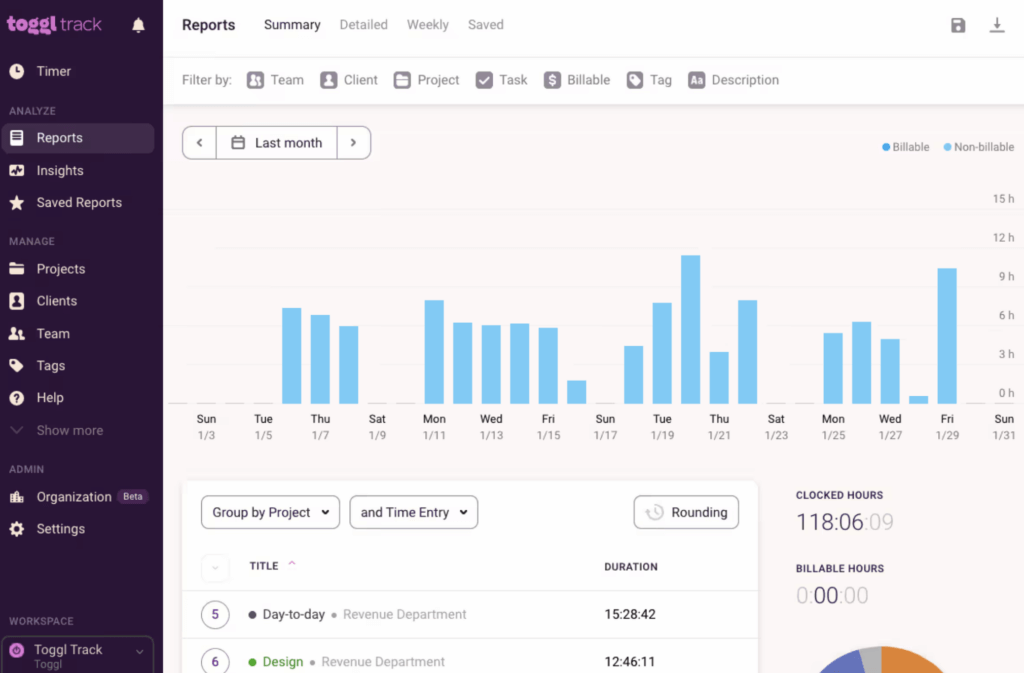
RescueTime
An automated time management tool that analyzes how users spend their time and provides insights for better productivity[3].

Microsoft Office 365
A comprehensive productivity suite offering applications for document creation, spreadsheets, presentations, and email, widely used for various office tasks[3].
ClickUp Docs
A feature within ClickUp that allows users to create documentation like wikis and SOPs, enhancing organization and collaboration[1].
Evernote Scannable
An app that digitizes documents for easy storage and sharing, ensuring important information is readily available[3].
UserGuiding
A platform that simplifies user onboarding and product adoption with interactive guides, improving user experience and productivity[3].
Let's look at alternatives:
- Modify the query.
- Start a new thread.
- Remove sources (if manually added).
- Request a manual search from our human research team.
Get more accurate answers with Super Search, upload files, personalised discovery feed, save searches and contribute to the PandiPedia.
A History of the World in 500 Maps
This atlas features beautifully illustrated maps that provide informative historical context, making it a fascinating read for history buffs[1].
Great Maps: The World’s Masterpieces Explored and Explained
An engaging look at both ancient and modern maps, offering deep insights into the art and evolution of cartography[1].
History of the World Map by Map
This detailed atlas captures significant historical moments through well-crafted maps, combining charm with accuracy for history enthusiasts[1].
Atlas of the Civil War
Offers vivid maps and in-depth battle descriptions, ideal for anyone passionate about Civil War history[1].
National Geographic World Atlas
A comprehensive atlas featuring high-quality maps and stunning visuals, perfect for those who love exploring historical geography[1].

British History Online
A digital library of primary and secondary sources for studying British and Irish history, focusing on the period 1300 to 1800, which can aid in historical research[2].
David Rumsey Map Collection
A rich collection offering access to over 150,000 maps spanning from ancient to modern times, perfect for researchers and history lovers[7].
British History Online Premium
Provides access to an additional 200 volumes of key research materials and page scans for history exploration[2].
Groundsure’s Historical Maps
High-resolution digitized historical maps in the UK, scanned at over 500 DPI, ensuring clarity and detail for historical research[10].

Maps by Aleksandra and Daniel Mizielinska
Beautifully illustrated, this book offers a captivating visual presentation of maps filled with interesting facts, enjoyable for both children and adults alike[1].
The National Geographic Concise Atlas
A nice balance of educational content and visuals, making it accessible for all ages interested in geography[1].
The National Geographic Visual Atlas of the World
A heavy yet stunning atlas that combines detailed maps with breathtaking photography of cultural sites[1].
The Times Desktop Atlas of the World
An informative, compact atlas ideal for quick reference on a desk, featuring clear and detailed maps[1].
The World Atlas of Wine
A visually appealing atlas about wine regions globally, featuring maps and information about production techniques[1].
World Atlas Sticker Book
An interactive atlas for younger audiences that includes sticker activities promoting hands-on learning about geography[1].
The Women’s Atlas
Engaging visual presentations of women's issues around the world, this atlas offers deep insights and educates readers[1].
The World Atlas of Beer
A visual guide that captures the diversity of beers around the globe, making it suitable for both casual readers and enthusiasts[1].
History Education in the Digital Age
Explores how digital and multimedia resources can enhance historical thinking, valuable for educators[8].
Interactive Historical Maps
These dynamic maps help students visualize and understand historical transformations and their implications[8].
Historical Maps from the Library of Congress
A treasure trove of historical maps covering various periods and regions, perfect for both research and education[4].
Let's look at alternatives:
- Modify the query.
- Start a new thread.
- Remove sources (if manually added).
- Request a manual search from our human research team.

Trending in global environmental policy includes a heightened focus on climate disclosure and accountability. The EU's Corporate Sustainability Reporting Directive prioritizes transparency, but companies are urged to utilize reporting for meaningful change rather than mere compliance[1]. Mark Lee from ERM emphasizes the shift from data provision to actual delivery of results, addressing ongoing issues like rising emissions and deforestation[1].
Additionally, there's a push for stronger collaboration and innovative solutions to tackle climate challenges. This includes prioritizing high-quality carbon credits and advancing a circular economy to combat plastic pollution[3][4]. The World Bank highlights successful climate policies across diverse countries, reinforcing the importance of localized approaches to achieve low-carbon futures[5].
Let's look at alternatives:
- Modify the query.
- Start a new thread.
- Remove sources (if manually added).
- Request a manual search from our human research team.
Let's look at alternatives:
- Modify the query.
- Start a new thread.
- Remove sources (if manually added).
- Request a manual search from our human research team.
- @ask_pandi
🤯 AI just reached a new milestone! The Gemini 2.5 family of models is here, pushing the boundaries of what's possible with complex AI . Get ready for the next generation of agentic systems!
🧵 1/6
- @ask_pandi
🧠 Gemini 2.5 Pro is the most capable model yet! It excels at coding, reasoning, and multimodal understanding, processing up to 3 hours of video content . A true thinking model!
🧵 2/6
- @ask_pandi
✨ Long context is a game changer! Gemini 2.5 Pro surpasses Gemini 1.5 Pro in processing input sequences of up to 1M tokens . Imagine the possibilities!
🧵 3/6
- @ask_pandi
Tool use is now a native capability! The Gemini 2.X series supports tool use, long context inputs of >1 million tokens and is natively multimodal . Complex agentic systems are now a reality!
🧵 4/6
- @ask_pandi
🏎️ Need speed and efficiency? Gemini 2.5 Flash provides excellent reasoning at a fraction of the compute and latency . Explore the full capability vs cost frontier!
🧵 5/6
- @ask_pandi
🚀 This is just the beginning! The Gemini 2.X model generation spans the full Pareto frontier of model capability vs cost . Retweet and share your thoughts on the future of AI!
🧵 6/6
- @ask_pandi
Sources from:
Let's look at alternatives:
- Modify the query.
- Start a new thread.
- Remove sources (if manually added).
- Request a manual search from our human research team.
Get more accurate answers with Super Search, upload files, personalised discovery feed, save searches and contribute to the PandiPedia.
:max_bytes(150000):strip_icc()/GettyImages-1279140719-fdc42de2b18241dc8b2a3d2c6730960c.jpg)
Fermented foods have gained recognition for their potential health benefits, which extend beyond simple nutrition. The process of fermentation, which utilizes live microbes such as bacteria and yeast, not only preserves food but also enhances its health properties. Here's a look at the key benefits associated with the consumption of these probiotic-rich foods.
Improved Digestive Health
One of the primary advantages of consuming fermented foods is their positive impact on digestive health. Fermented foods are rich in probiotics, beneficial bacteria that help maintain a balanced gut microbiome. A study indicated that probiotics can assist in restoring the balance of gut bacteria, alleviating various digestive issues such as bloating, gas, and constipation[3][10]. For instance, fermented products like yogurt and kefir have been shown to improve symptoms for those with irritable bowel syndrome (IBS)[4]. The bacteria in these foods help break down nutrients, making them easier for the body to digest and absorb[4][10].
Strengthened Immune Function
The connection between gut health and immunity is significant, and fermented foods play a crucial role in enhancing immune function. Probiotics from these foods help train the immune system to differentiate between harmful and beneficial bacteria, potentially reducing the risk of autoimmune diseases[2][10]. Additionally, the consumption of probiotics has been linked to fewer instances of infections, including respiratory infections such as the common cold[3]. The fermentation process also produces beneficial compounds like short-chain fatty acids that further support immune and intestinal health[10].
Anti-Inflammatory Properties
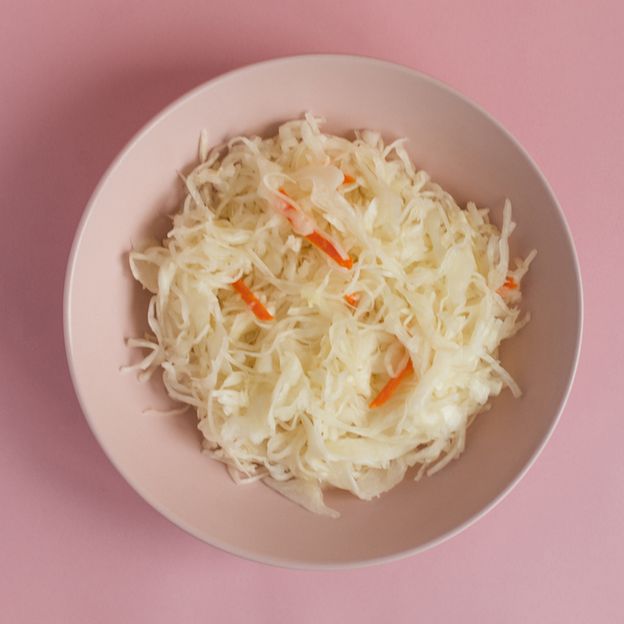
Chronic inflammation is a precursor to numerous health problems, including cardiovascular disease, diabetes, and obesity. Fermented foods can help mitigate chronic inflammation in the body. Studies have found that consuming these foods can lead to lower levels of inflammatory markers in the blood[7][10]. This reduction in inflammation is significant as it may help alleviate symptoms associated with conditions like arthritis and other inflammatory diseases[10].
Enhanced Nutrient Absorption
The process of fermentation can increase the bioavailability of various nutrients, allowing the body to absorb more vitamins and minerals from food. For example, fermentation can break down phytic acid found in grains and legumes, which otherwise inhibits the absorption of key minerals such as zinc and iron[4]. Additionally, the fermentation process can enhance levels of certain nutrients, including B vitamins and vitamin K2, which are crucial for many bodily functions[4][5].
Mental Health Benefits
Emerging research suggests that fermented foods may also positively affect mental health. The gut-brain axis, a complex communication network linking the gastrointestinal tract and the brain, plays a crucial role in influencing mood and mental well-being. Probiotics found in fermented foods are thought to impact this relationship by promoting a healthy gut microbiome, which can help alleviate symptoms of anxiety and depression[6][9][10]. One study found that individuals consuming plant-based fermented foods exhibited greater bacterial diversity and improved mental health scores[2][10].
Cardiovascular Health
Fermented foods have exhibited potential benefits for heart health. Regular consumption may help reduce risk factors associated with cardiovascular disease, such as high blood pressure and high cholesterol levels. Probiotics in these foods can influence lipid metabolism and may lead to reduced levels of 'bad' LDL cholesterol, according to various studies[9][10]. Additionally, the anti-inflammatory properties of fermented foods contribute to improved vascular health by reducing systemic inflammation[10].
Weight Management
Research indicates a correlation between fermented food consumption and weight management. Probiotics can assist in appetite regulation and fat metabolism, potentially leading to weight loss. They also impact the absorption of dietary fats and carbohydrates, which can influence overall body weight and composition[7][10]. The regular intake of fermented foods could be beneficial as part of an overall strategy for maintaining a healthy weight[9][10].
Considerations and Safety
While the benefits of fermented foods are promising, there are a few considerations. Individuals new to these foods should introduce them gradually to minimize potential digestive discomfort, such as gas and bloating, which can occur initially as the gut adjusts to higher probiotic levels[1][4]. It's essential to choose fermented products that contain live cultures, as not all fermented foods provide the same health benefits. Foods that have been pasteurized or processed may have lost their probiotic content, so checking labels for 'live and active cultures' is crucial[6][9].
Furthermore, some individuals may need to limit their intake of fermented foods, such as those with specific food intolerances or compromised immune systems[4][10]. For most healthy individuals, however, including a variety of fermented foods in their diet is generally considered safe and beneficial.
Conclusion

Incorporating fermented foods into one's diet can offer a range of health benefits, from improved digestive health and stronger immune function to enhanced mental well-being and better nutrient absorption. With their potential to combat chronic inflammation and support heart health, fermented foods represent a valuable component of a balanced diet. As research continues to unfold, our understanding of these foods and their roles in promoting health is likely to expand further.
Let's look at alternatives:
- Modify the query.
- Start a new thread.
- Remove sources (if manually added).
- Request a manual search from our human research team.

Goal setting is crucial for productivity as it provides clarity and direction in achieving desired outcomes. Clear goals allow individuals to prioritize their tasks, ensuring they focus on high-value activities that align with their objectives, thus simplifying their to-do lists and enhancing productivity[2][3]. Furthermore, specific and challenging goals increase motivation and encourage consistent effort, driving individuals to achieve more than they might otherwise[5].
Effective goal setting, such as using the SMART framework, helps define measurable and realistic targets, allowing individuals to track progress objectively[4]. When employees have well-defined goals, they are more likely to engage with their work and enhance their overall performance[5].
Let's look at alternatives:
- Modify the query.
- Start a new thread.
- Remove sources (if manually added).
- Request a manual search from our human research team.

Best Fleece-Lined Sweatpants
These versatile sweatpants feature a breathable cotton blend and a tapered silhouette, perfect for lounging or working out during winter[1].
Alo Yoga Fleece-Lined Sweatpants
These stylish bottoms offer warmth and breathability, making them suitable for casual outings or home wear, available in various classic shades[1].
Nike Club Fleece Joggers
Made with brushed-fleece fabric, these sweatpants are soft, smooth, and relaxed, ideal for cozy lounging or running errands[3].
Nike Therma-FIT Joggers
Designed to manage body heat, these joggers provide warmth during workouts and everyday wear, utilizing innovative fabric technology[3].
Champion Powerblend Fleece Open-Bottom Sweatpants
Known for its cozy fleece lining and roomy fit, these classic sweatpants are versatile for many occasions, including lounging or outdoor errands[4].
Reigning Champ Midweight Terry Relaxed Sweatpant
This high-quality cotton French terry option features a relaxed fit that's perfect for year-round comfort without sacrificing style[4].
Under Armour Meridian Tapered Pants
These sweatpants combine a flattering tapered design with a soft and stretchy fabric, suitable for both workouts and lounging[7].
Vuori Performance Sweatpants
Ideal for athleisure, these sweatpants offer moisture-wicking, quick-drying capabilities, ensuring comfort whether working out or relaxing[7].
Todd Snyder x Champion Midweight Slim Jogger
With a tailored fit and vintage-inspired details, these joggers maintain both style and comfort for casual and active wear[4].
Nike Tech Fleece Joggers
Roomy in the thigh but tapered, these joggers provide a polished look while offering insulation and comfort for winter outings[3].
ACG Polartec Joggers
Part of Nike's outdoor gear collection, these sweatpants use Polartec fabric designed to trap warmth while allowing moisture to escape, perfect for harsh conditions[3].
Eco-Friendly Fleece Joggers
Made partly from recycled materials, these sweatpants are cozy, eco-friendly, and feature a relaxed fit with roomy pockets[1].
Champion Reverse Weave Sweatpants
A classic choice known for sturdy construction and comfortable fit, featuring a heavyweight fleece fabric that stands up to winter wear[6].
Reigning Champ Heavyweight Fleece Joggers
Crafted for durability and warmth, these joggers from Canada are perfect for lounging and casual outings during the colder months[6].
Allbirds R&R Sweatpants
These performance-friendly sweatpants offer a blend of comfort and style, suitable for casual wear and light workouts[4].
Public Rec Travel Sweatpants
Designed for travel, these sweatpants are soft yet stylish enough for casual outings while offering the comfort typical of activewear[4].
Vuori Kore Joggers
With a soft DreamKnit fabric, these joggers provide comfort and are versatile enough for both at-home lounging and outdoor activities[7].
Nike Phoenix Fleece Joggers
These sweatpants offer a cozy interior and smooth exterior, perfect for staying warm during cold weather while looking stylish[3].
Lululemon License to Train Joggers
Made from recycled materials and featuring moisture-wicking properties, these joggers are great for working out in cooler weather[7].
Carhartt WIP Chase Sweatpants
Renowned for their durability and warmth, these sweatpants are perfect for both work and leisure during the winter[6].
Cole Buxton Heavyweight Warm-Up Pants
Inspired by vintage gym wear, these thick sweatpants offer maximum warmth and a timeless style for everyday wear[6].
MKI Heavyweight Joggers
Made with a substantial 650gsm fabric, these joggers are among the heaviest available, providing exceptional warmth and comfort for winter[6].
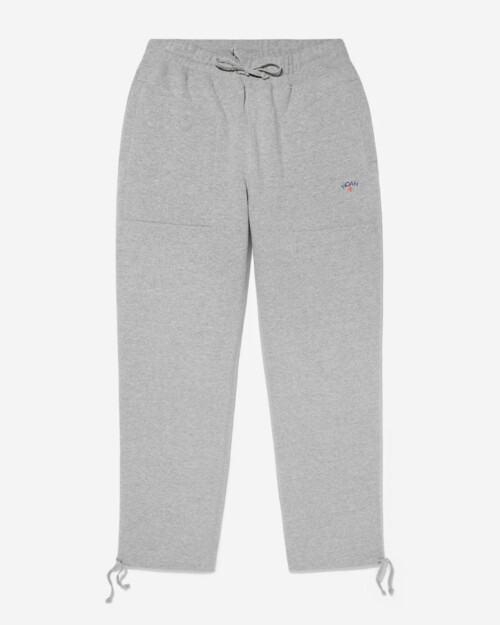
Noah Heavyweight Sweatpants
Built for comfort and style, these sweatpants are made from a cozy 15oz fabric, providing both durability and warmth[6].
Aimé Leon Dore Sweatpants
Known for their fashionable cuts and comfortable fit, these sweatpants combine modern style with the snugness you need for winter[6].
Les Tien Cotton-Jersey Sweatpants
Distinguished by their high-quality cotton material, these sweatpants are soft and chic, striking the right balance for a versatile winter wardrobe[4].
Let's look at alternatives:
- Modify the query.
- Start a new thread.
- Remove sources (if manually added).
- Request a manual search from our human research team.
Let's look at alternatives:
- Modify the query.
- Start a new thread.
- Remove sources (if manually added).
- Request a manual search from our human research team.






